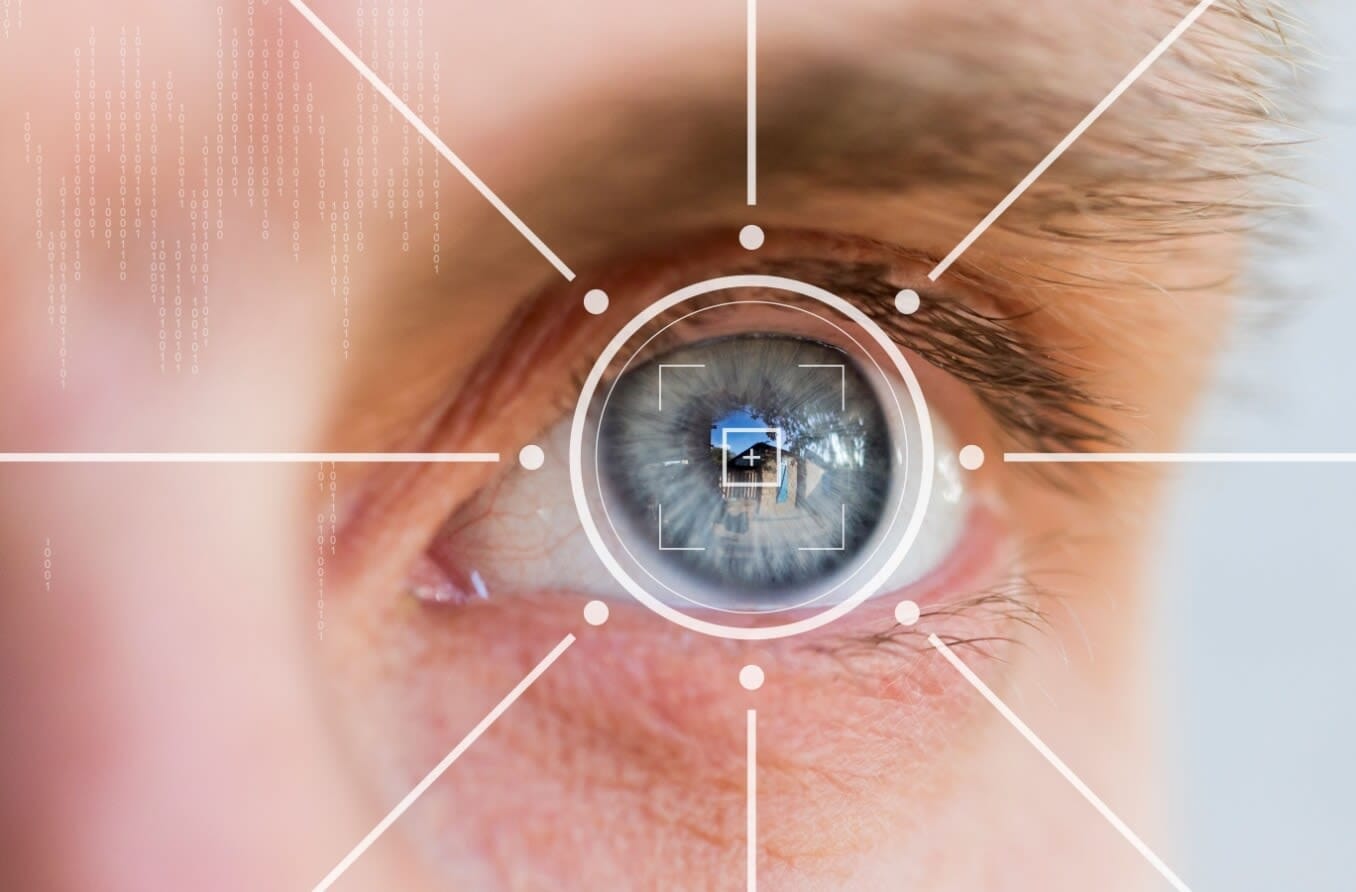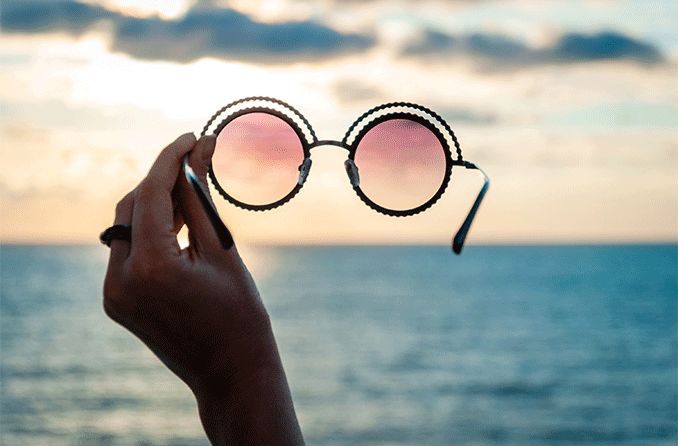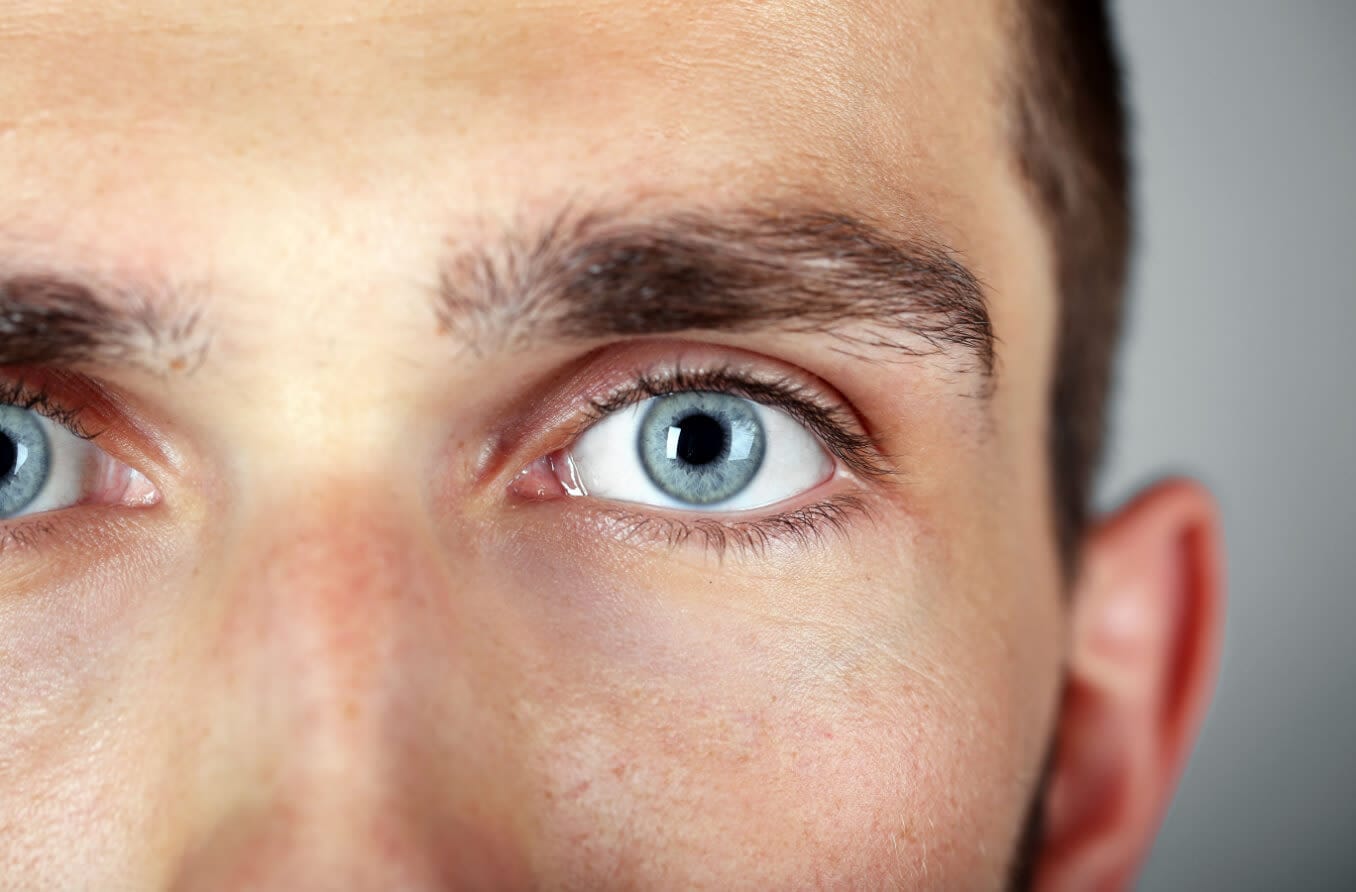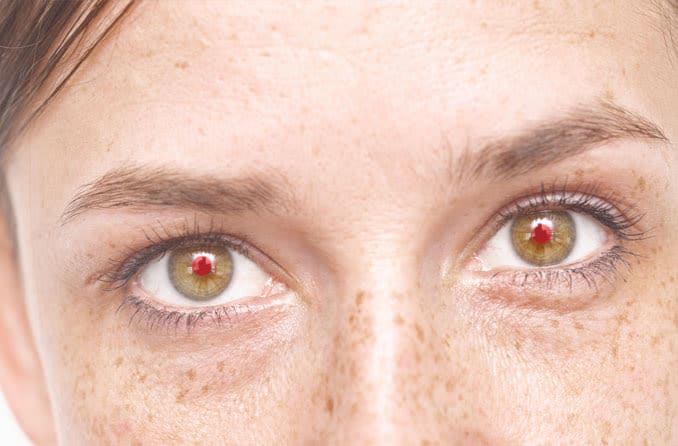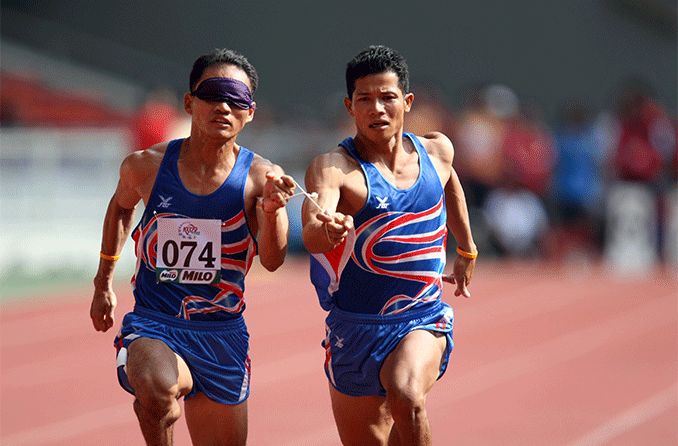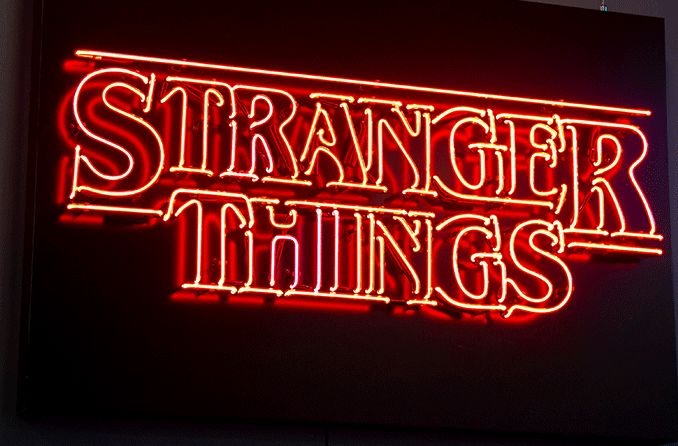What is eye tracking technology?
Eye tracking technology is a tool used to measure the movement of a person’s eyes. It collects data about eye position, how the eyes move and what they focus on (point of gaze). Eye tracking can be applied in a variety of settings to help researchers understand how people take in what they see.
The study of eye tracking dates back to the late 1800s. French ophthalmologist Louis Émile Javal was an early pioneer of this concept. He observed that the eyes tend to move in a rhythm when someone is reading. This rhythm combines the following types of movements:
Saccades – Quick eye movements
Fixations – Where the eyes remain focused on an object
The discovery of these eye movements became the basis of eye tracking technology.
Further exploration led to the development of eye tracking devices. American psychologist Edmund Huey created the first eye tracker in the early 1900s. Since then, the study of eye tracking and eye tracking technology has continued to evolve. The study of saccades and fixations remains central to the study of eye movement today.
How does eye tracking technology work?
Modern eye trackers use infrared light, sensors or cameras to collect information. They work by monitoring the following:
Movement of the pupils (the black area in the center of the eye)
Changes in pupil diameter
Reflections in the cornea (the clear outer layer of the eye) from a light source.
Most often, eye tracking takes place during a particular task. This may include reading, viewing a computer screen or looking at specific visual stimuli.
The technology gathers information on how the eyes move, including the direction and duration of these movements. This can provide details about what captures a person’s visual attention in terms of:
Where they look
What they look at (point of gaze)
How long they look at something
Eye tracking systems vary based on their design. Many of them detect changes in specific factors over a period of time. Some systems even monitor how often the person blinks their eyes.
Studying this data helps researchers understand how people process what they see.
Eye tracking technology vs. visual tracking skills
Both eye tracking technology and visual tracking skills involve seeing and processing visual information. Eye tracking technology uses devices to monitor eye movement. Visual tracking refers to a person’s physical ability to follow a moving object with their eyes.
People use visual tracking skills in a variety of everyday situations, from reading to sports . This is a visual-motor skill that develops naturally, typically during the childhood years. Visually tracking a moving object involves both saccadic and smooth-pursuit eye movement. During smooth-pursuit eye movements, the eye stays focused on an object in motion.
Visual tracking skills can improve through visual tracking exercises. These can be helpful for activities that require precise eye movement. Visual tracking exercises may also be useful for people with abnormal eye movement due to conditions affecting the brain.
SEE RELATED: How vision issues can lead to lack of focus
Applications for eye tracking tech
Eye tracking is used to conduct research across a wide variety of fields. Capturing and analyzing eye tracking data have led to innovations in many disciplines. Some of these include:
Psychology
In many ways, eye tracking has enhanced how scientists study human behavior. It provides insight into how people process certain types of information and what holds their interest. This technology applies to other areas of psychology as well, including childhood development.
Medical care
In the medical field, eye tracking is used to study a range of conditions. Some of these include autism, stroke and Alzheimer’s disease. One of its most common uses in practical medicine is in evaluating for concussion injury. It is also used to detect and monitor conditions relating to vision and eye movement.
Assistive needs
Eye trackers can help people who have assistive needs. In this scenario, eye movements and gaze direction are used to operate a specific device. The technology can help people with mobility issues visually operate a computer or an electric wheelchair, among other devices. It can also help those with speech impairments communicate more easily with others.
Marketing
Eye tracking provides information on what details capture a person's attention or interest. It can help inform marketers about why people make certain purchasing decisions. This information can help decision-makers determine the best marketing strategies for their products, services or businesses.
Education
Students may also benefit from this technology. Studies have shown that, in school-aged children, eye tracking training may improve their reading skills and memory. It may also help some children learn faster.
User experience and interface
Another area that benefits from eye tracking is website user experience (UX) and user interface (UI). Eye trackers provide researchers with information about how users interact with website features like:
Design
Navigation
Content
This information can help web developers enhance the overall user experience.
Computer gaming
In the world of computer gaming, eye trackers help create more realistic experiences. They measure a player’s gaze and fixations. This data can then be used to optimize the user interface, among other applications.
Sports
Eye trackers provide valuable insights into sports-related factors, from training to rehabilitation. It can help athletes improve their performance and optimize their training strategies.
Driving
Researchers use eye tracking to understand how a person’s attention may be affected while driving. It provides information on factors that may cause drivers to become distracted. This offers opportunities to decrease the risk of accidents and improve road safety.
Tourism
Eye tracking offers insight into how tourists direct their visual attention. This can guide marketing strategies to enhance the effectiveness of tourism campaigns.

The science behind eye trackers
Eye trackers have evolved in both design and user comfort since the invention of the first eye tracker. Initially, they involved a device similar to a contact lens that was placed on the surface of the eye. The device had a small opening in the center (for the pupil). An aluminum pointer was attached to the lens and used to track eye movement.
As the field of study progressed, less invasive eye trackers were developed. Early on, these took the form of light reflections and film recordings of eye movements. The science continued to develop over the decades, leading to the advanced systems in use today.
Eye tracking technology involves the following components:
Hardware (devices used to track eye movement)
Software (computer processes used to collect eye tracking data)
Eye movement is recorded by the devices and converted into data points by the software. It is then analyzed to study what captures a participant’s visual attention or other factors.
Methods of eye tracking
Researchers use a variety of methods to track eye movement. Some of the most common include:
Electrooculography (EOG) – EOG uses electrical signals between the cornea and retina to measure eye movement. It works through electrodes placed around the eye area to track saccadic eye movements.
Video-based systems – These use cameras to capture the reflection of infrared light from the corneas. The cameras also record eye movement. The reflections and pupil locations are then analyzed to calculate point of gaze and other factors.
Gaze mapping – This technique allows researchers to see a user’s gaze path when looking at a visual stimulus. Gaze mapping software tracks and maps the pattern of eye movement within a given space or image. This provides useful information on what catches a person’s attention and how long they interact with a certain stimulus.
Types of eye tracking devices
There are various types of eye trackers in use, each featuring different technologies to measure eye movement. Some of the most common tracking devices include:
Remote devices
Remote eye trackers include a camera and an infrared light source. Generally, these trackers sit at a certain distance in front of the person and remain stationary. A device such as a chinrest can help keep the head from moving during the tracking session.
Mobile devices
Mobile eye trackers offer a scalable, cost-effective alternative to other systems. This is due, in part, to their portability. Smartphones and digital tablets are two types of mobile eye tracking devices.
Other mobile trackers involve wearable devices. These devices are often glasses-based, such as the Tobii eye tracking glasses. They involve a head-mounted tracking unit that also uses video to record what the wearer sees.
Each type of device has its benefits and limitations.
Why tracking eye behavior is valuable
Eye movement provides information on where and how people focus their visual attention. It also offers insight into how people process information and interact with what they see. Modern tracking technology captures data that direct observation might not provide.
Eye contact is a large part of how people communicate. People are drawn to what they find useful, valuable and interesting. Studying eye movement can help researchers better understand certain cognitive processes. It can also enhance personal experiences and provide a deeper understanding of human behavior. This can benefit a wide range of industries.
The future of eye tracking technology
One of the biggest benefits of newer systems is the ability to use them in "real world" types of settings. Tracking systems that cost less and are more user-friendly are likely to pave the way for further use. And as use continues to grow, we should see even more exciting possibilities.
The future of eye tracking technology appears promising, with advancements expected in various fields. From virtual reality applications for education to medical diagnostics and aviation safety, its impact will likely be far-reaching.
READ NEXT: How myopia and other vision problems affect athletes

